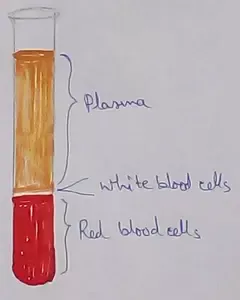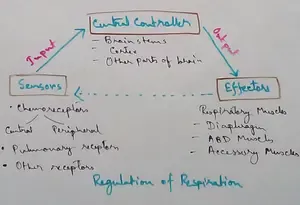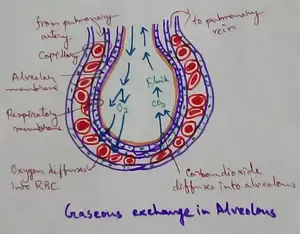Worksheet on Facts about Our Body
Worksheet on facts about our body contains the various types of questions on bones of our skeleton.
Read the concept to answers the questions on facts about our body.
1. Aaron falls down in the playground and hurts himself. The doctor says Aaron may have broken a bone in his leg. How can he find out?
(i) By taking an X-ray.
(ii) By shining a torch on Aaron's leg.
(iii) By just feeling Aaron’s leg.
(iv) By checking whether Aaron can walk or not.
2. How does your
skin help you?
A.lt helps food break up into small parts.
B. It covers your body and protects you.
C. It helps you to feel.
D. It helps carry blood to all parts.
(i) Only B and C
(ii) B, C and D
(iii) A, B and C
(iv) Only C
3. Fill in the blanks using words from this list:
bones, energy, lungs, muscles, heart, touch, joint, skin, backbone, skull, ribs, blood.
(i) We stand up straight because we have a ____________.
(ii) Our ____________ pumps ____________ to every part of my body.
(iii) The food we eat gives us ____________ to move around.
(iv) When we breathe in, our ____________ take in air get bigger.
(v) Our ____________ form a cage which protects our ____________ and ____________.
(vi) Our brain is protected by our ____________.
(vii) Each finger on our hand has three ____________.
(viii) Where two bones meet, there is a ____________.
(ix) Bones need ____________ in order to move.
(x) When we ____________ this page, our ____________ tells us it is smooth.
4. Put a tick (√) against the correct sentences and mark the others wrong (X).
(i) The bones of the skeleton give my body its shape.
(ii) The rib cage protects the skull.
(iii) The lungs take in carbon dioxide from the air when we breathe in.
(iv) A joint is a place where two bones meet.
(v) I can only bend my body at the joints.
(vi) Muscles help the bones to move.
(vii) The skin helps us find out if a stone is smooth or rough.
Check the answers of the worksheet on facts about our body:
Answers:
1. (i) By taking an X-ray.
2. (i) Only B and C
3. (i) backbone
(ii) heart, blood
(iii) energy
(iv) lungs
(v) ribs, heart, lungs
(vi) skull
(vii) bones
(viii) joint
(ix) muscles
(x) touch, skin
4. (i) √
(ii) X
(iii) X
(iv) √
(v) √.
(vi) √
(vii) √
From Worksheet on Facts about Our Body to HOME PAGE
Recent Articles
-
What Is Plasma? | Blood Plasma | Proteins | Nutrients | Cholesterol
Nov 07, 25 10:29 AM
Blood is a mobile fluid which is a connective tissue and is derived from the mesoderm like cell any other connective tissue. Colour of blood is reddish and that flows inside the blood vessels by means… -
Disorders of Respiratory System | Tuberculosis | Pleurisy | Emphysema
Oct 28, 25 11:39 PM
Tuberculosis is very common disease and is caused by a type of bacteria called Mycobacterium tuberculosis. This disease causes different trouble in the respiration and infection of several parts of th… -
Regulation of Respiration | Respiratory Centres | Inspiratory Area |
Oct 14, 25 12:13 AM
Respiratory Centre is the area that controls the rate of respiration and it is observed to be located in medulla oblongata and pons. Respiratory Centre has the following will dispersed components like… -
Explain Transport of Gases | External Respiration | Tissue Respiration
Oct 09, 25 11:35 PM
In humans gaseous exchange is completed in the following ways the steps are - External Respiration or Breathing - Breathing in false taking in of Oxygen and giving out of carbon dioxide in the body. M… -
Kind and Number of Teeth | Location of Teeth in Mouth | Care of Teeth
Sep 11, 25 12:52 AM
Kind and Number of Teeth





New! Comments
Have your say about what you just read! Leave me a comment in the box below.